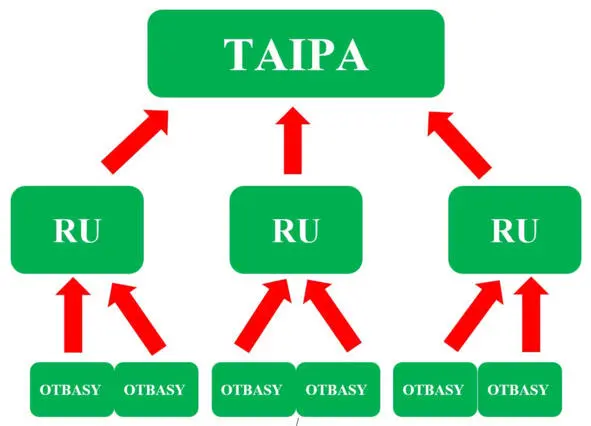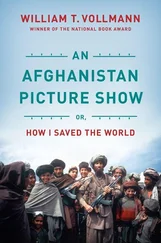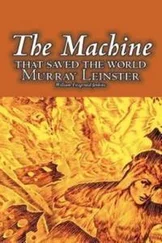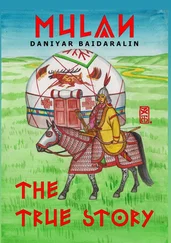
A simplified structure of Eurasian Nomadic Tribalism
The relationships within families, clans, and tribes were warm, trustful, and cooperative. Every member of the tribe could travel within all of its Auls and receive the same treatment in every yurt. If a family had to adopt children of a diseased of killed relative, these children would be equaled to own children and treated with the same level of respect and attention. Growing up, adopted children would consider themselves as part of an adoptee family/clan, and view adoptive parents as their own.
Aul members would gather together and provide collective help if someone needed it; for example, in a process of shearing sheep wool or making felt. In times of sorrow, if someone died, which happened too often, the whole clan would come to help and be around at all times for a few weeks, a tradition still called Kóńil Aitu (expressing sympathy) among the Kazakhs. This was and still is a great family therapy, which much more efficient and affordable that hiring a therapist for money.
Today, in a Post-Industrial world, the tribalism is often viewed negatively as something archaic and outdated. It is considered that it leads to suppression of individual freedoms (arranged marriages), women rights (polygyny), as well as nepotism, clan wars and revenge, and sometimes even bloody vendettas. Indeed, when put in a foreign urban environment, with overcrowded population and nowhere else to go, the nomadic tribalism might manifest itself that way. But when it exists in its natural element, such as pastoral nomadic society living in the open Steppe, it makes most sense.
For example, the seemingly cruel and bloody tradition of revenge in practice is meant to combat crimes when there is no police or centralized governments. The arranged marriages yielded low rate of divorces and spouses living together till death parted them. Polygyny gives some single women a chance to start a family with father, when there are no free men available. The «nepotism» in nomadic pastoral economy means common interests, trust, and quality cooperation. The Jety Ata principle means that the risk of interbreeding and resulting mutations is almost zero. Added to this the emotional stability and comfort from knowing that you are never along when you need help or support, and that the entire clan or tribe is behind you at all times.
All together this system, which evolved naturally over the millennia, produced resilient social fabric, capable to resist the harsh life conditions and endless wars that the Eurasian Nomads were forced to lead.
The EN developed efficient military machine by constantly fighting each other and the SC nations. So good it was at the peak of the ENC’s evolutional development that a few in numbers nomads routinely defeated the vast SC nations.
A Xiongnu (Hun) nation of just a couple hundred thousand conquered and terrorized a multi-million strong China, and this success was repeated by many succeeding nomadic nations. The 20—40 thousands strong Mongol army conquered almost all of the inhabited Eurasia in 13 thcentury, defeating most of the states that it encountered in China, Central Asia, Russia, Eastern Europe, Middle East, and India. The SC nations with all of their economic might and human resources simply couldn’t stop the nomads, who went through them like a hot knife goes through butter.
So how did the nomads achieve such impressive victories with such low numbers and scares resources? The standard SC answer would be that they were so evil and barbaric that war was all they knew and could do well. A more educated SC answer would mention tough lifestyle that formed a strong fighting nation, where every men was a soldier and was trained to ride horses and use weapons since early childhood, perfected their martial arts and military cooperation in collective hunts, used a few horses per warrior to march long distances, had an iron discipline and a decimal army structure. Again, that is only a formal listing of the features without understanding the essence.
But what really made the nomads such effective warriors and their armies to be victorious military machines? I think it is hard for a SC representatives to admit that in the pre-Industrial Era the ENC have developed a far superior economic and social system that brought up the best in all of its people, and allowed the most efficient use of human and material resources.
The increased sense of belonging, honor, human spirit, self-respect and responsibility made one average Eurasian Nomad be worth dozens of average SC persons. The nomads were able to overcome incredible difficulties, survive on little available resources, and make insufferable sacrifices in order to achieve their victories. To put it simply, the ENC created conditions in which the majority of its members reached such heights of human condition that only a few best representatives of the CS could match them.
And even in Industrial Era it wasn’t the increased efficiency or improved quality of the SC armies that defeated the ENC initially, but a shear increased volume of cheap soldiers that simply overwhelmed the nomads by vast difference in numbers. It was a case of millions of mosquitos killing a lion.
Of course, later on the SC guns and military technology became so efficient that even a few SC soldiers could withstand attacks by large units of nomads, but that came a few centuries later. And even with these improved weapons the SC had a hard time fighting the nomads in open fields, and preferred using tactics of building forts and fortifications.
THE CONCEPT: NOMADISM VS SARTISM
Technically, the term «Sart» was applied to a settled Muslim ethnicity in Central Asia. I write more on this in the Appendixes. But for our purposes I will be using the second meaning of this term referring to representatives of any Settled Civilization. The Eurasian Nomads, particularly Kazakhs, used the term «Sart» to distinguish any «settled peoples living of agriculture and commerce trade».
In today’s Kazakhstan, the terms Sart and Sartism are often used unofficially as a generic term to describe all of the non-nomadic, settled nations of the world, including the Europeans, Russians, Chinese, Persians, Islamic World, and etc. Basically, all of the neighboring nations of the nomads of the Great Eurasian Steppe, and sometimes even wider, including the Americas and Australia.
From here onwards I will be referring to Settled Civilization as «Sartic Civilization» with abbreviation «SC».
The intellectuals in post-nomadic nations, such as Kazakhs, Kyrgyzs, Mongols, Bashkirs, Turkmens, and etc., often love to discuss the «binary duality» of the Nomadic-Sartic relationships, the differences in our psychology and economy, mentality, and etc. The Nomads and Sarts viewed as two sides of coin, two opposite civilizational systems that conflict one another and could never be brought to one.
To be completely honest, the EN used term «Sart» derogatively, because they didn’t respect this way of life. The Kazakhs, Kyrgyzs, Karakalpaks, and other nomads despised the Sartic lifestyle. From the nomadic perspective, living in such way was a disgrace for human spirit: instead of roaming free in the open Steppes entrusting your life to the strength of your horse, your own sword, your wits, and the Gods; the Sartic peoples would voluntarily lock themselves into four walls, subject themselves to strict and unnatural hierarchies, being choked to half-death by forceful taxation, worked hard into early deaths, were brainwashed by their political and religious leaders, cheated at every possible occasion, separated into classes and castes, and etc.
Читать дальше













